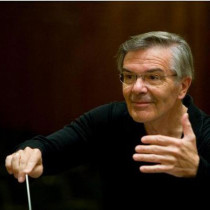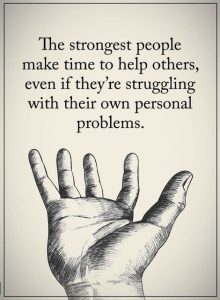 The European basic idea that all state systems are based on is rooted in giving support. I was never aware of this fact – until the day my orchestra made a concert tour to India. As artists, we resided in luxurious hotels, with huge bedrooms and bathrooms all in marble. I had never been to more elegant und exquisite accommodations than in India. We were driving around in air-conditioned busses and had all the conveniences a person could think of.
The European basic idea that all state systems are based on is rooted in giving support. I was never aware of this fact – until the day my orchestra made a concert tour to India. As artists, we resided in luxurious hotels, with huge bedrooms and bathrooms all in marble. I had never been to more elegant und exquisite accommodations than in India. We were driving around in air-conditioned busses and had all the conveniences a person could think of.
Of course, India being India, a lot of things did not work. In New Delhi we played a Schubert symphony without timpany and in the Assam Province no double bass was delivered to the hall. The bass players played cards during the concert. We also could not rehearse in one location, because things were moving in “Indian time” (meaning: not connected to the world wide time understanding of commitment and schedule loyalty). No one showed up to open the hall for us. To them, noon or 8 pm does not make that much of a difference – as long as it was the same day.
When we did not play concerts or rehearsals we were flabbergasted by the local habits and customs. Millions of people live on he streets. They sleep on the concrete beside the road. They have no running water. They possess one garment – the one they are wearing, they live in the dumping ground in hopes of finding something to eat. And I started to realise how a society looks like when everyone is focused on themselves only.
There is no social net. There is no charity they can turn to when they impoverish.
The Hindu culture says: All you experience is the result of your own deeds. If you experience a bad fate or injustice, that’s the result of your own wrong doings of the past.
Which means the general mentality tells the population it’s all their fault.
They are poor? Their fault.
They have no home, no sanitation? Their fault.
They are sick? Their fault.
But what if a person never did wrong and has a completely clear conscience?
Well, then they are told: All of this misery is still caused by them of course! But in a former lifetime, which unfortunately they have no memory of. So there will never be any proof to that statement.
Well, I realized that I can not think of anything more cruel than such a mentality.
It’s normal in India. No one helps anyone else. No favors. No nothing.
Everyone lives in isolation. And suffers in isolation.
This time of the year we can more than ever realize how prizeless it is to support others wherever we can. Giving favors is something that lets us grow and fosters a harmonious, meaningful and more humane world.
Beauty icon and famous actress Audrey Hepburn said:
“As you grow older, you will discover that you have two hands – one for helping yourself, the other for helping others.”
Let’s do this. Let’s support others.
Not because we have to, but because we can.
I wish you a cosy time with your loved ones,
love,
Anselma
p.s. Need some free Christmas Tunes? Here some nice trios for you! They are so fantastically easy, they can be played with the fagottino! 😇
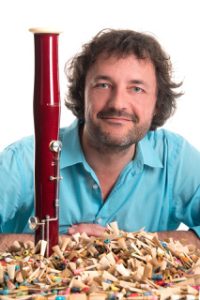 Nikolaus Maler is principal bassoonist at the Rheinische Philharmonie Koblenz and holds a position as professor for bassoon at the Musikhochschule Nürnberg, Germany. His YouTube Channel „Fagottmusik“ is reaching a large fan community. Prof. Maler is known for his exceptionally wide repertoire, including contemporary rarities. Quite a few pieces have been dedicated to him in the past and he wholeheartedly supports young musicians and engages in educating the ambitious bassoon youth.
Nikolaus Maler is principal bassoonist at the Rheinische Philharmonie Koblenz and holds a position as professor for bassoon at the Musikhochschule Nürnberg, Germany. His YouTube Channel „Fagottmusik“ is reaching a large fan community. Prof. Maler is known for his exceptionally wide repertoire, including contemporary rarities. Quite a few pieces have been dedicated to him in the past and he wholeheartedly supports young musicians and engages in educating the ambitious bassoon youth.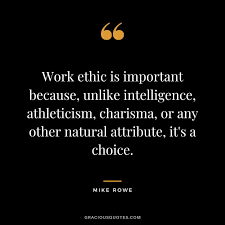 The other day I read about a guy, who gave his employees T-Shirts that say TGIM.
The other day I read about a guy, who gave his employees T-Shirts that say TGIM.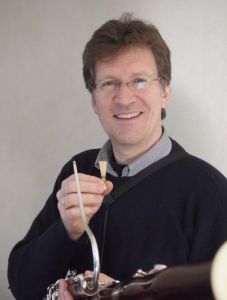 Dag Jensen is a world-famous bassoonist, a very unique soloist and recognised virtuoso. Born in Norway, he started his career early on as an orchestra player. He won the ARD competition twice and quickly established himself as a celebrated chamber musician and brilliant bassoon soloist, playing with eminent orchestras and high-ranking conductors of our time. Through his recordings he not only introduced famous works in new elegance, he also inspires his world-wide audience with new and rare repertoire. Dag Jensen shapes new standards in the bassoon world with his artistic oeuvre and holds the position of bassoon professor on the Academy of Music Oslo, Norway, and the Musikhochschule München, Germany.
Dag Jensen is a world-famous bassoonist, a very unique soloist and recognised virtuoso. Born in Norway, he started his career early on as an orchestra player. He won the ARD competition twice and quickly established himself as a celebrated chamber musician and brilliant bassoon soloist, playing with eminent orchestras and high-ranking conductors of our time. Through his recordings he not only introduced famous works in new elegance, he also inspires his world-wide audience with new and rare repertoire. Dag Jensen shapes new standards in the bassoon world with his artistic oeuvre and holds the position of bassoon professor on the Academy of Music Oslo, Norway, and the Musikhochschule München, Germany. Fall is coming and with it some new opportunities.
Fall is coming and with it some new opportunities. When I was in my teens, friends introduced me to a lady. I admired her for her wisdom. She became my beloved mentor. From an early age on, I liked to pick some heroes and tried to learn from these people. Instead of reading fantasy novels I bought biographies and studied how people with outstanding character and strength navigated their personal challenges.
When I was in my teens, friends introduced me to a lady. I admired her for her wisdom. She became my beloved mentor. From an early age on, I liked to pick some heroes and tried to learn from these people. Instead of reading fantasy novels I bought biographies and studied how people with outstanding character and strength navigated their personal challenges.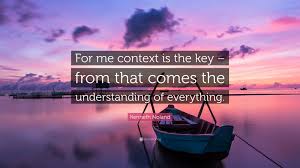 When I was a student, we had an audition training with a timpanist. He patiently listened to our bassoon Mozarts and excerpts, thought about what to say and finally told us:
When I was a student, we had an audition training with a timpanist. He patiently listened to our bassoon Mozarts and excerpts, thought about what to say and finally told us: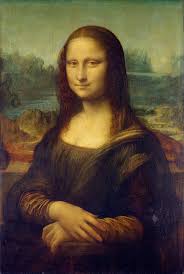 Sometimes we make wrong deductions.
Sometimes we make wrong deductions. What are young entrepreneurs at Stanford University – striving to build world spanning mega tech corporations – taught at their first course?
What are young entrepreneurs at Stanford University – striving to build world spanning mega tech corporations – taught at their first course? The greatest things in life are not things.
The greatest things in life are not things.

